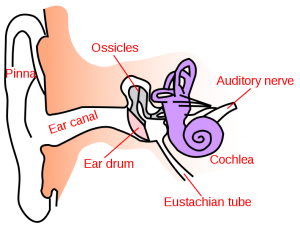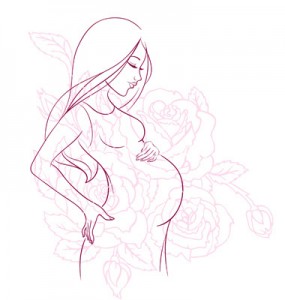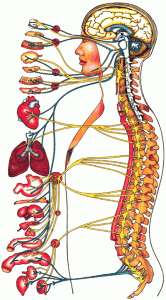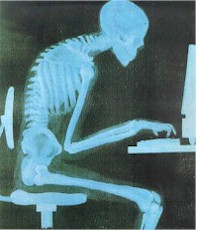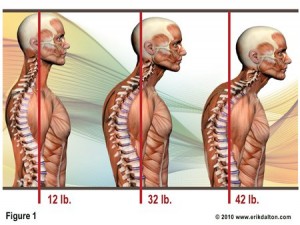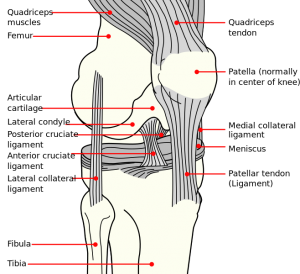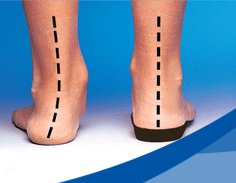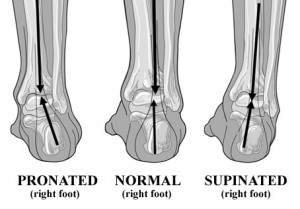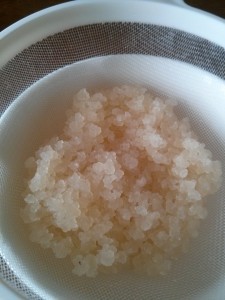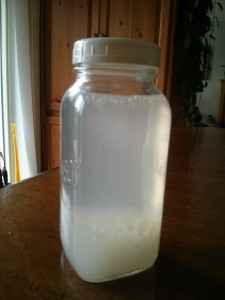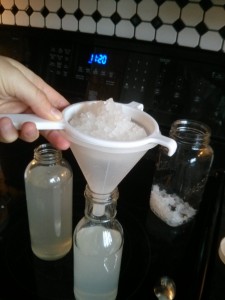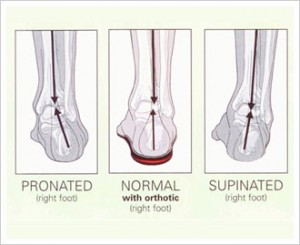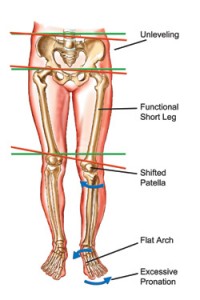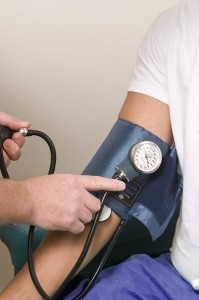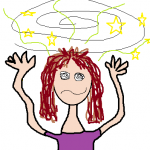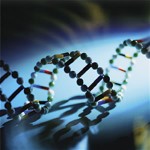 Has anyone ever told you that you can change your DNA? Last week, one of my patients mentioned reading something stating that massage therapy can change your DNA. I’ve even heard other chiropractors tell me that chiropractic can change your DNA! I know you’re thinking “Come on – you’ve gotta be kidding me!” The first time I heard this, I probably scoffed at it myself. But lately, I’ve been hearing more and more about this weird and wonderful new age science called epigenetics. So, I’ve decided to read a bit more on the topic and share it here.
Has anyone ever told you that you can change your DNA? Last week, one of my patients mentioned reading something stating that massage therapy can change your DNA. I’ve even heard other chiropractors tell me that chiropractic can change your DNA! I know you’re thinking “Come on – you’ve gotta be kidding me!” The first time I heard this, I probably scoffed at it myself. But lately, I’ve been hearing more and more about this weird and wonderful new age science called epigenetics. So, I’ve decided to read a bit more on the topic and share it here.
What is epigenetics? ‘Epi‘ comes from Greek for above. Hence, epigenetics is the study of heritable changes above and beyond your DNA sequence. Basically, DNA can be modified without changing the actual sequence and some of these changes can be passed to the next generation of cells or to offspring.
Anyone who has taken courses in cell biology knows that DNA is akin to a blueprint that encodes for proteins (DNA -> RNA -> protein). Proteins provide structure and also carry out cellular functions (enzymatic reactions). However, at any given time, a gene may be either turned on (expressed) or turned off (silenced). Epigenetic mechanisms are responsible for controlling the on/off switch of genes. Did you know that all the cells in your body have the same DNA? Why is it then that a muscle cell is structurally and functionally different from a nerve cell or a fat cell? It is because different cell types express or silence different genes.
Examples of epigenetic changes to DNA include DNA methylation and histone modification. DNA methylation is when a methyl group (-CH3) binds to DNA and blocks a gene from being transcribed into RNA. A histone is a special protein that DNA coils around. In order for DNA to be transcribed, it must first be uncoiled. During cell division when DNA is copied, the methylation pattern is also copied such that the two new cells know which genes should be turned on or off.
But what causes these changes to DNA in the first place? How does a cell know to turn on or off a gene? This is determined by environment! Receptors on the cell membrane detect changes in the environment outside the cell and via signal transduction, this information is sent into the cell and alters the DNA such that certain genes are turned on/off.
So what? What does all this mean? Bottom line: if you can change your environment, you can change your DNA. Thus, everything you do, eat and even think can change your DNA expression. Can chiropractic change your DNA? Yes! Epigenetics is just a fantastical way of explaining how you can control your gene expression (or health) by lifestyle choices you make. Health choices during pregnancy will also affect your newborn. Deleterious life choices can have a profound effect not only us, but also on the health of future generations!
In some ways, the discovery of DNA has been a dis-service – especially the discovery of particular genes linked to particular diseases. Because of this, some people develop a fatalistic attitude that they are victims of their DNA. But just because you may have a gene for XYZ disease does not guarantee you will develop XYZ condition. Taking care of your health matters! You are not a victim of your genes!
Dr. Elisabeth Miron
